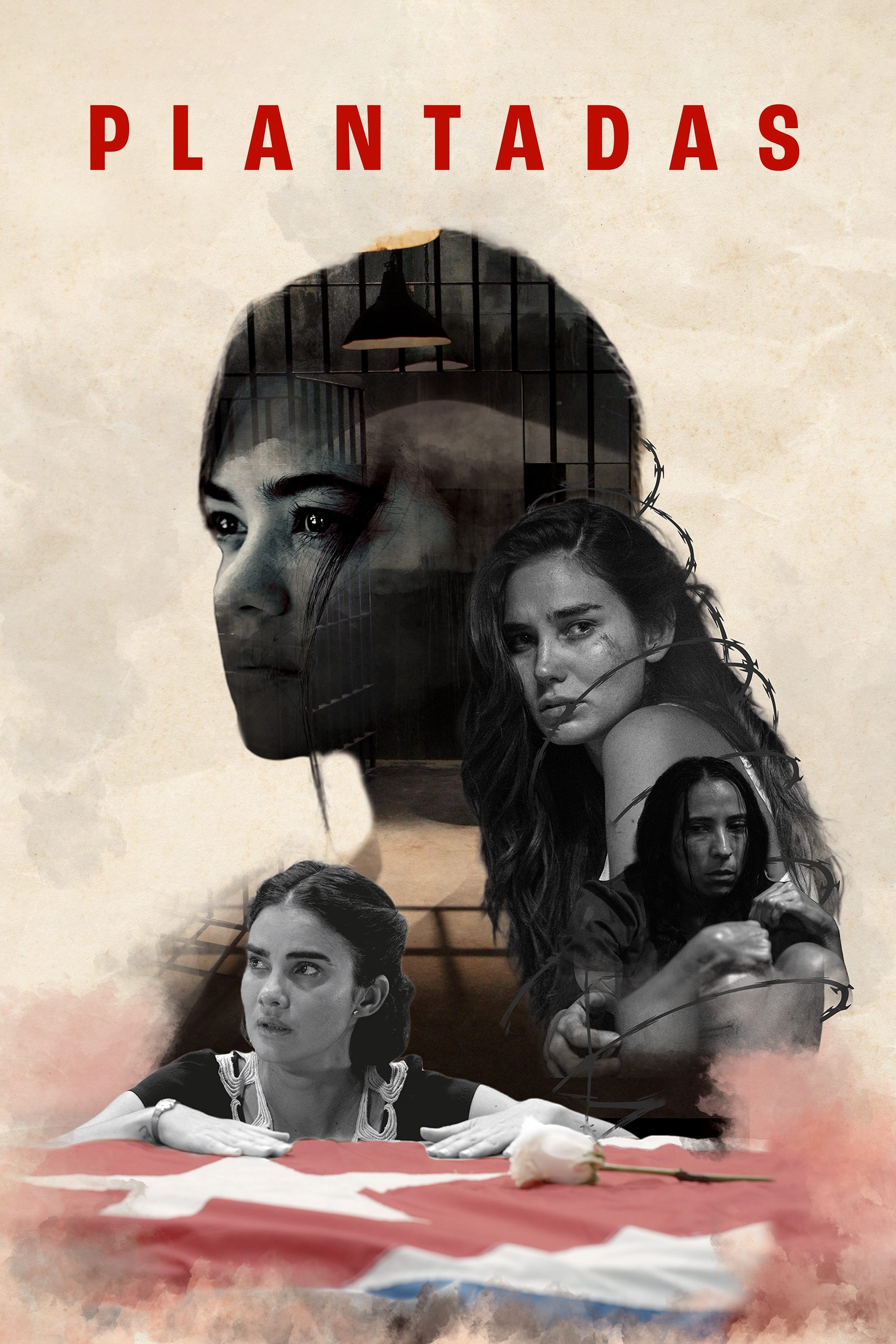
Alina, Luisa and América are three women who after fighting to restore and stabilize democracy to their country realize they’ve been betrayed by the leader of the revolution. The three women begin to confront and challenge the new system in their own ways and for different reasons they find themselves jailed.
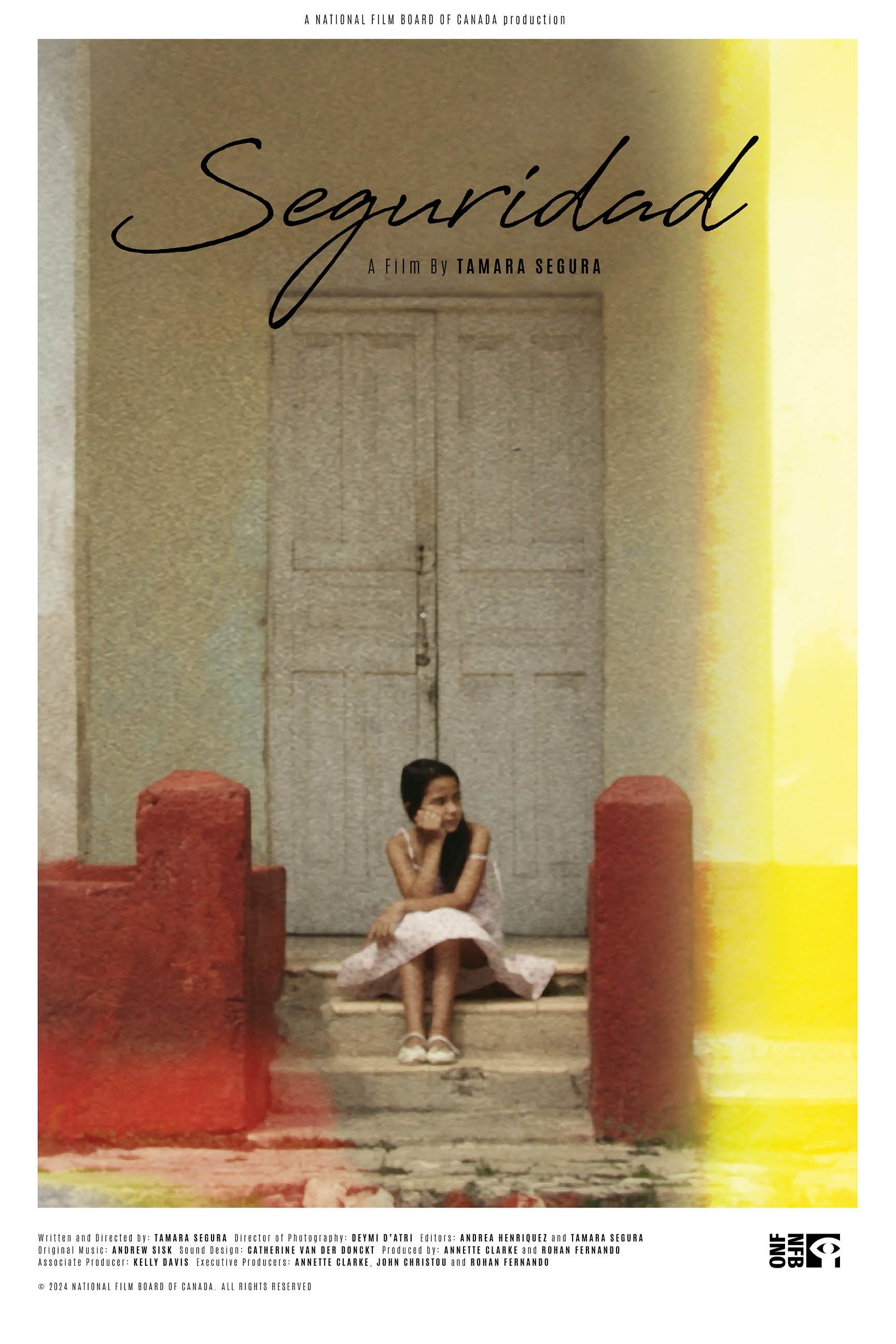
In her feature documentary Seguridad, Newfoundland-based filmmaker Tamara Segura—once named “Cuba’s youngest soldier” in a militia publicity stunt—portrays her troubled relationship with her father in the context of the Cuban Revolution. When Segura accepts a scholarship to study film in Canada, the move offers crucial distance from her alcoholic father. After four years, she returns to Cuba hoping to make amends. But her father’s sudden death just days after her arrival forces Segura to explore his troubled past and the role Cuba’s highly militarized system played in his downfall. Through a series of deeply personal on-camera interviews with her immediate family, Segura unearths long-held secrets that ultimately tell a story of resilience and profound love between family members. Seguridad artfully weaves a lifetime’s worth of still photographs into its intimate narrative, which offers a rare glimpse into the inner lives of Cubans in the post-revolutionary era.
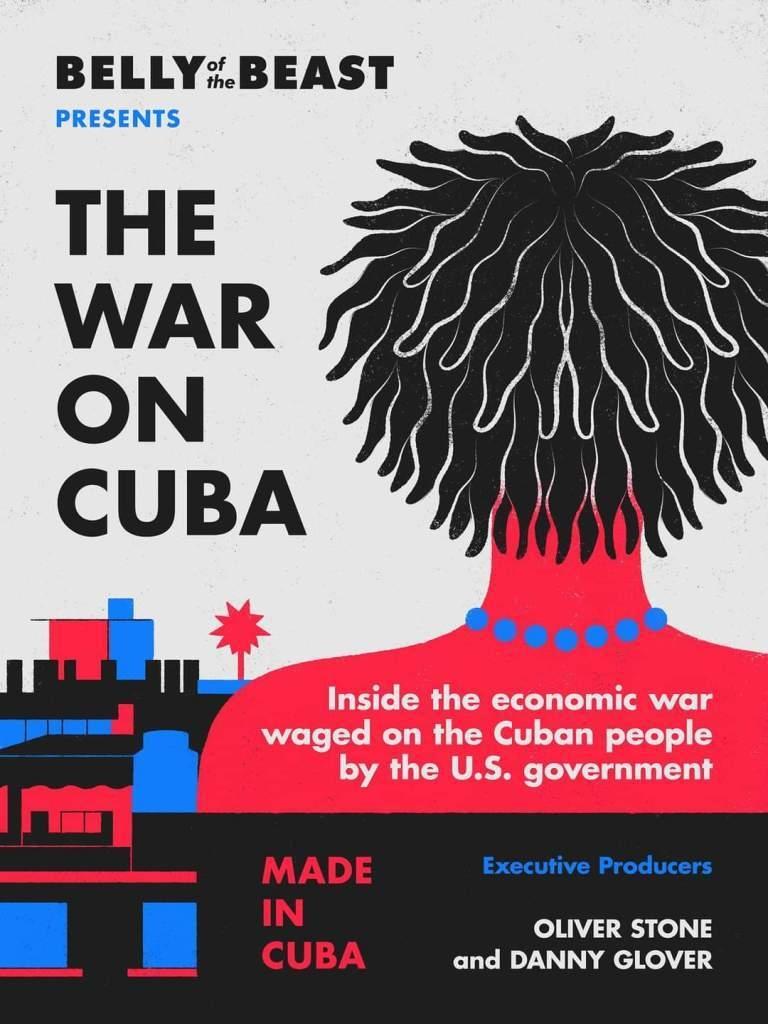
The documentary series, The War on Cuba, gives an inside look on the effects of U.S. sanctions on Cuban people.

Recounts the tumultuous history of Cuba, a nation of foreign conquest, freedom fighters and Cold War political machinations.
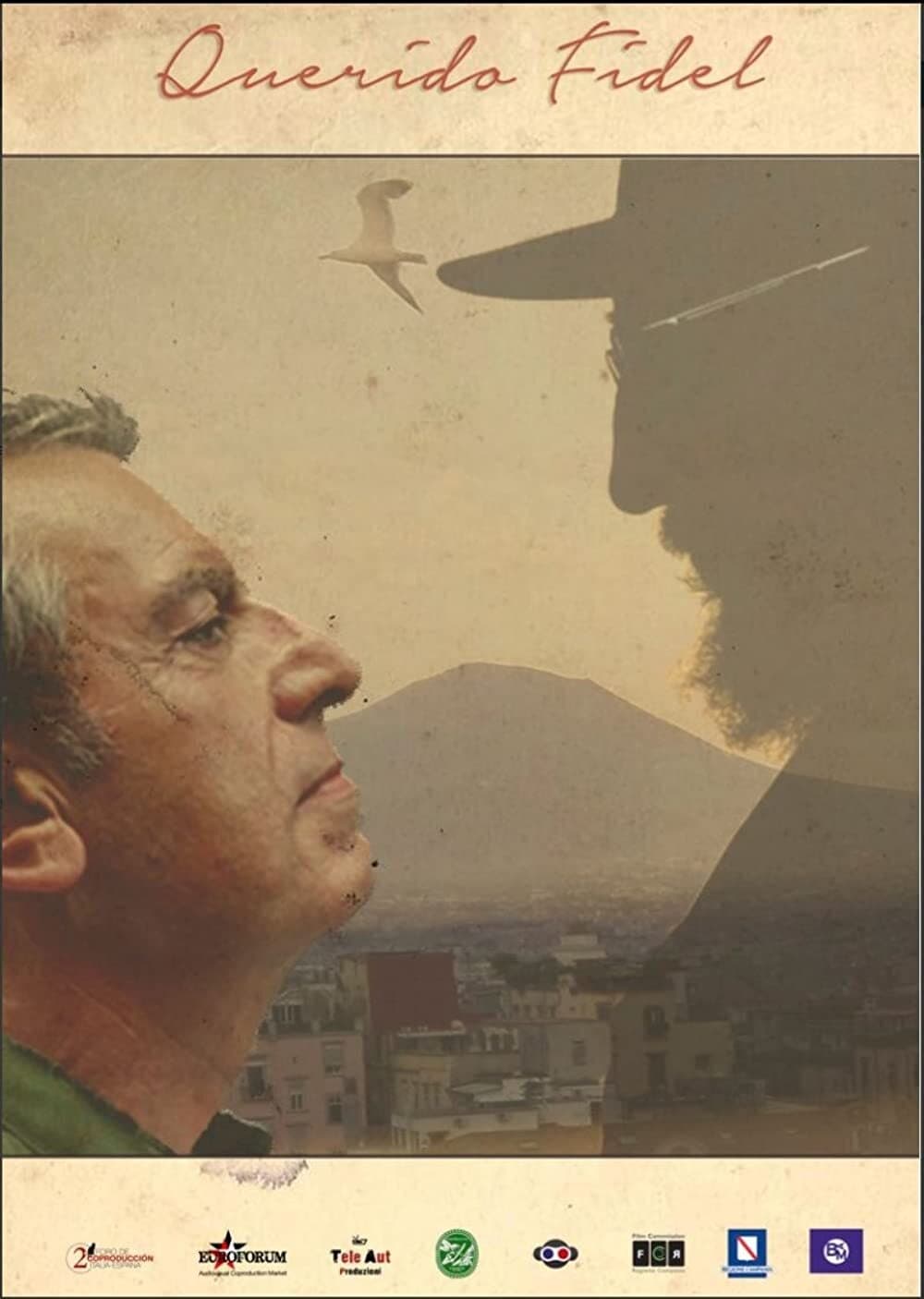
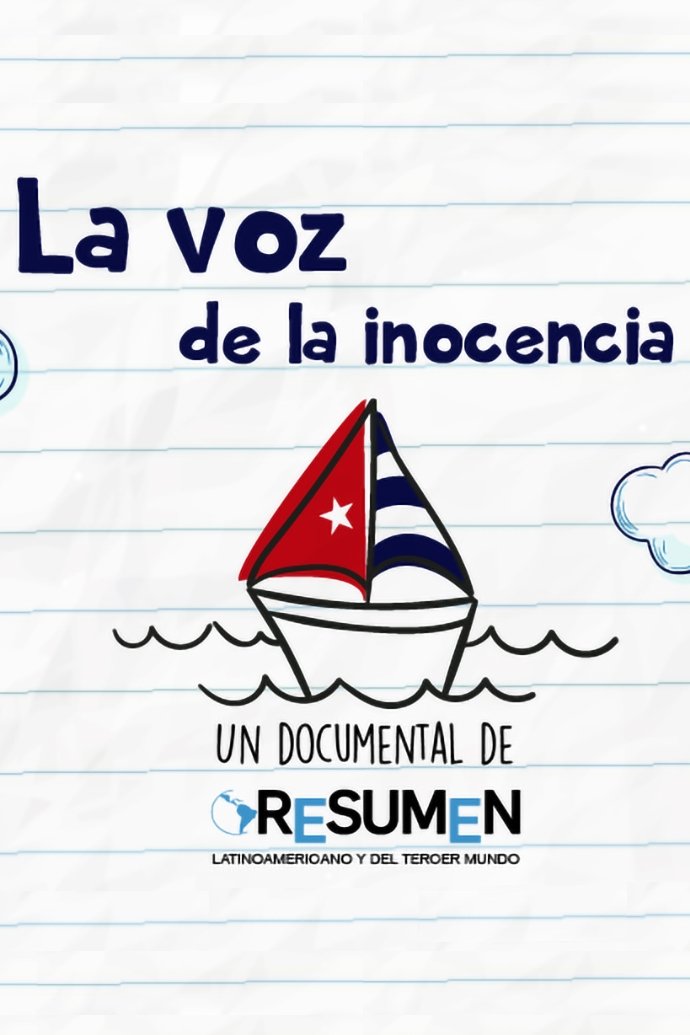
"The Voice of Innocence" is a documentary that shows how, starting in 1959, the Cuban Revolution put into practice a comprehensive and universal policy of safeguarding the rights of the child, even under the multiple difficulties resulting from the economic, commercial and financial blockade imposed by the United States more than six decades ago. Cuba is one of the main signatories of the Convention on the Rights of the Child, signed on 20 November 1989, when the country had already made extraordinary progress in protecting the rights of the child, in comparison to developed countries, such as the United States, which as of today hasn't yet ratified the Convention.

American Rebels in Cuba follows the very unusual life of “Rebels” Neill and Nancy Macaulay and their involvement with the Cuban Revolution. Neill Macaulay, an American who fought with a band of Fidelistas in the final months of the Cuban Revolution and his young wife Nancy tell their incredible story of war, revolution, and attempt to settle in post-war Cuba.
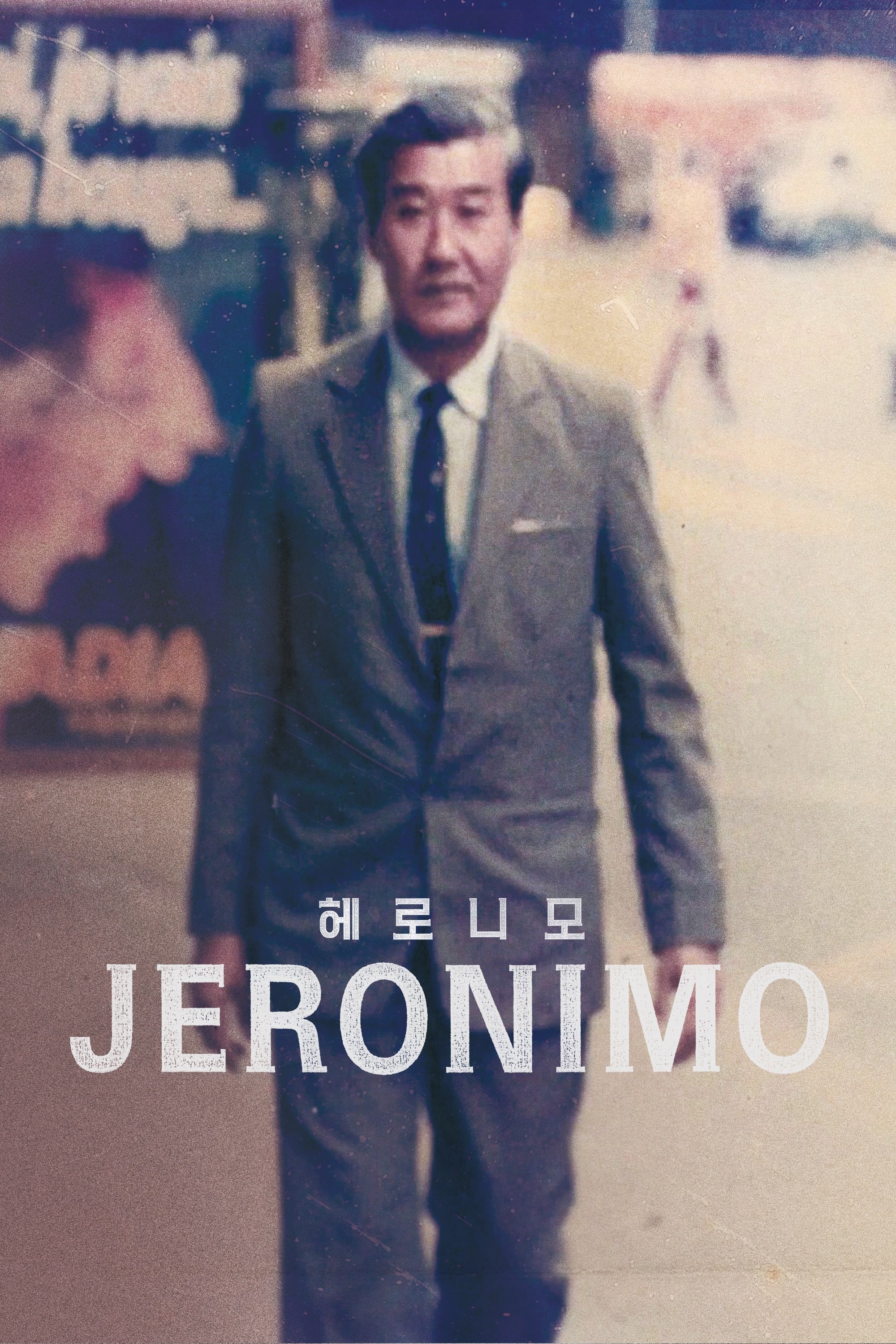
Born to Korean immigrant parents freed from indentured servitude in early twentieth century Mexico, Jerónimo Lim Kim joins the Cuban Revolution with his law school classmate Fidel Castro and becomes an accomplished government official in the Castro regime, until he rediscovers his ethnic roots and dedicates his later life to reconstructing his Korean Cuban identity. After Jerónimo's death, younger Korean Cubans recognize his legacy, but it is not until they are presented with the opportunity to visit South Korea that questions about their mixed identity resurface.
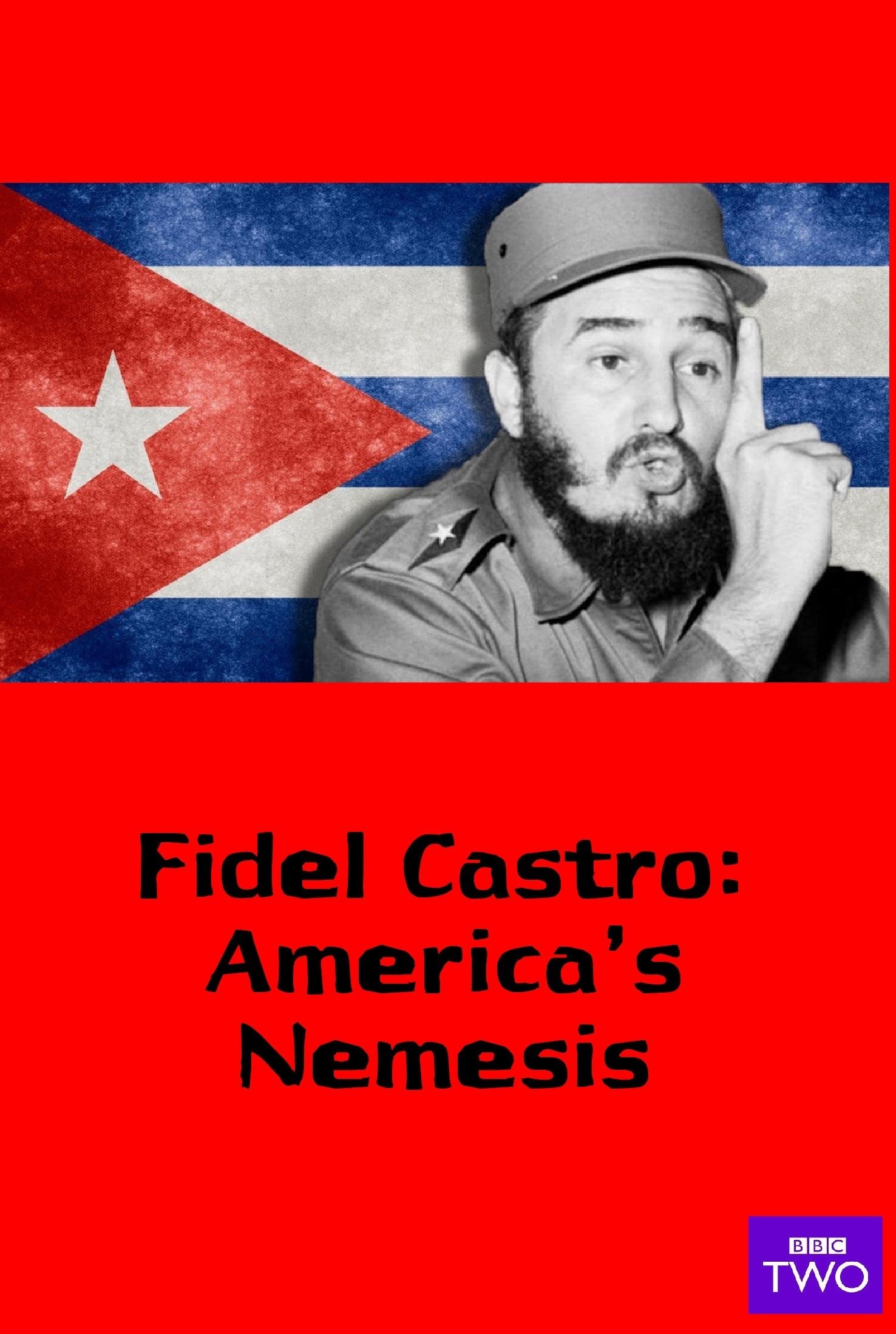
Fidel Castro, the former President of Cuba and one of the most controversial figures of the 20th century, passed away in November. He famously claimed that "history will absolve me", but will it? This special film considers Castro and his legacy.
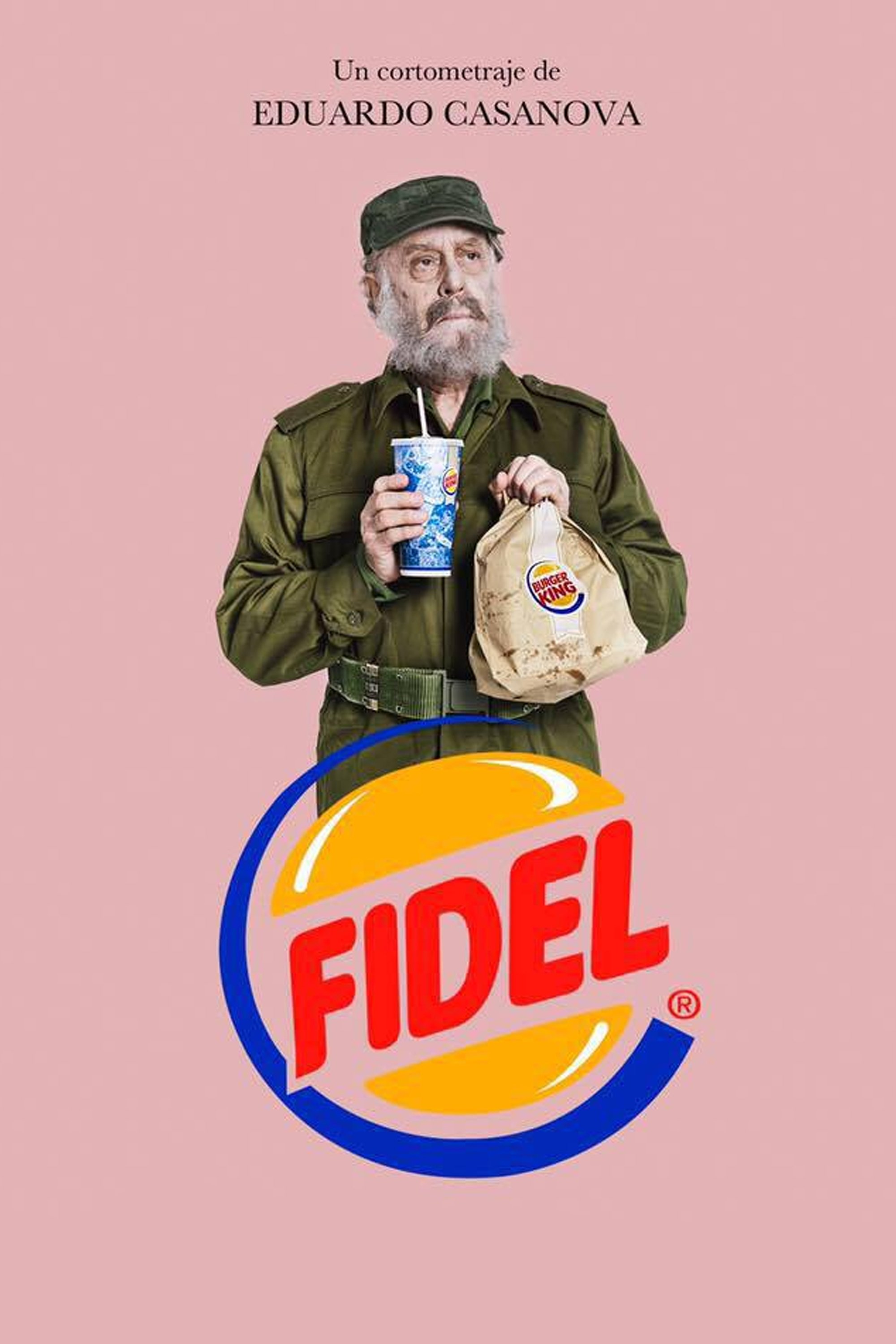
Cuba, as we knew it, is dying. The US Embassy has just opened in Cuba, and the Cuban in the USA after 54 years. Cubans are craving to be connected to the Internet, buy at Zara, eat at Burger King and have Apple gadgets Nevertheless, Fidel, the leader of the Revolution, is alone and hiding. He is, like Cuba, in decline.
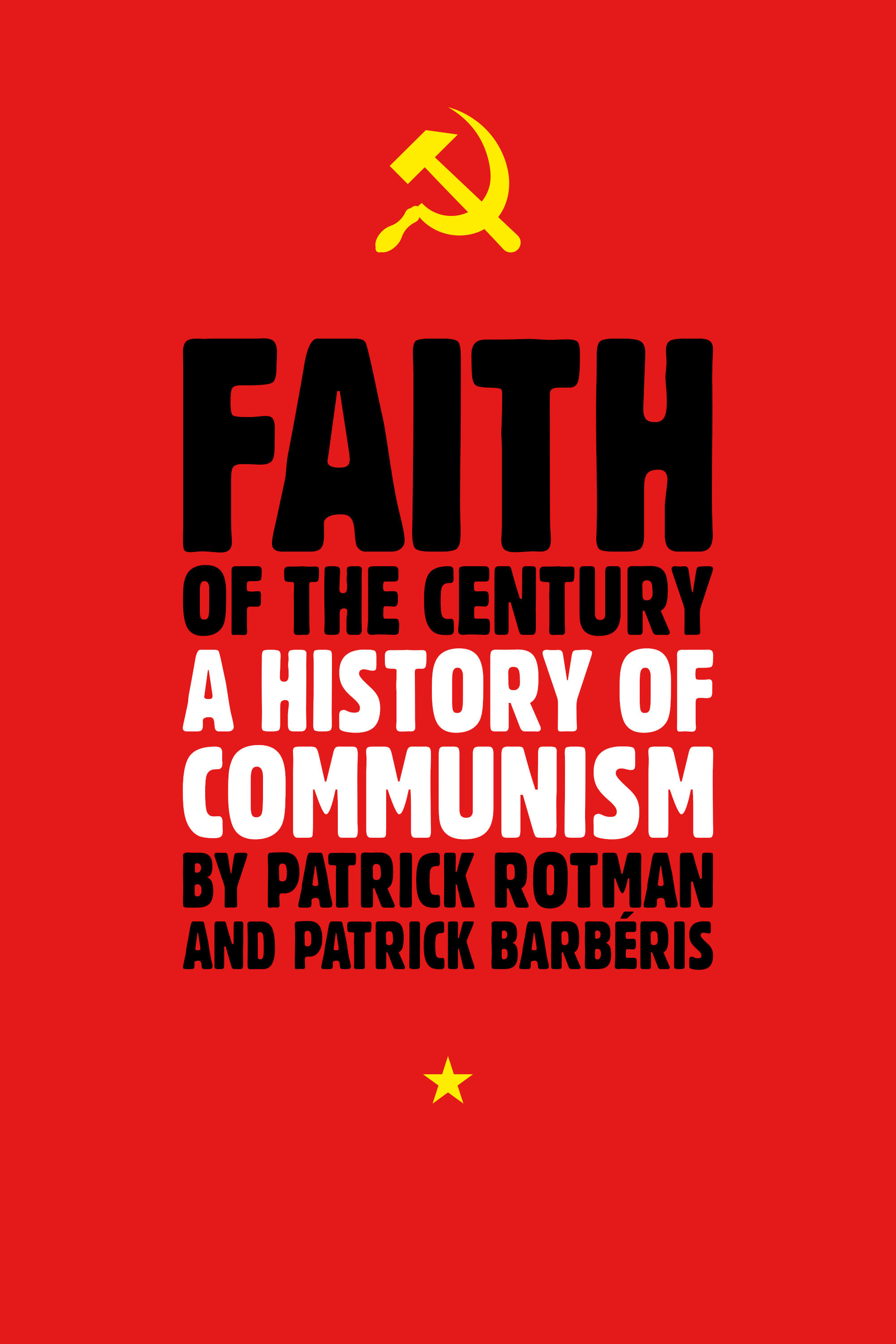
Communism spread to all of the continents of the word, lasting through four generations and over seven decades. Hundreds of millions of men and women were affected by this political system, one of the most unjust and bloodiest in history. Using newly discovered propaganda films and archival photos, these four episodes explore the mysteries of this totalitarian political machine that lured its share of important followers into the fold. Known as the red church, communism seduced its ardent followers like some earthly religion.

U.S. citizen William Morgan rises to power in Cuba during the Cuban Revolution.
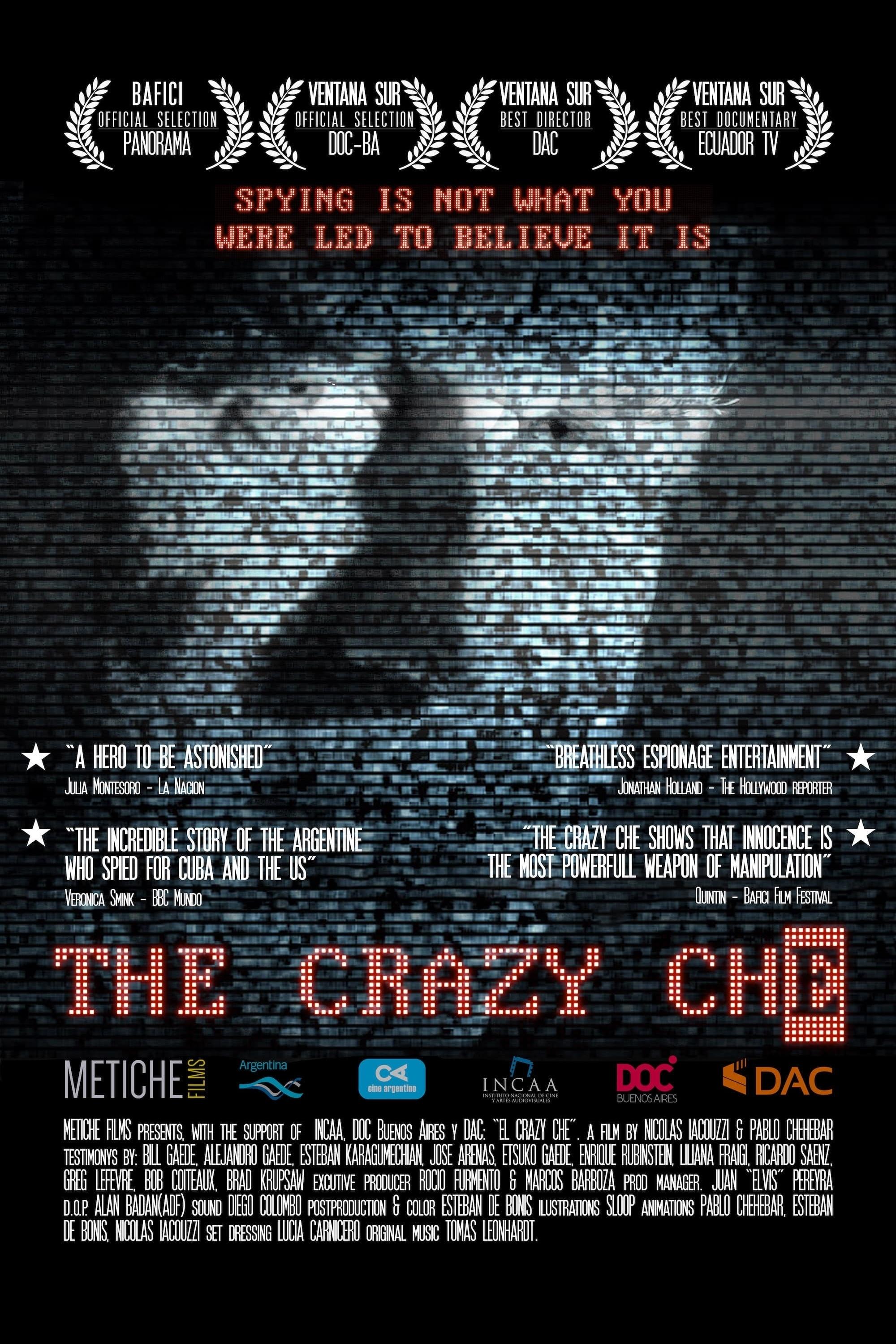
The incredible story of Bill Gaede, an Argentinian engineer, programmer… and Cold War spy.
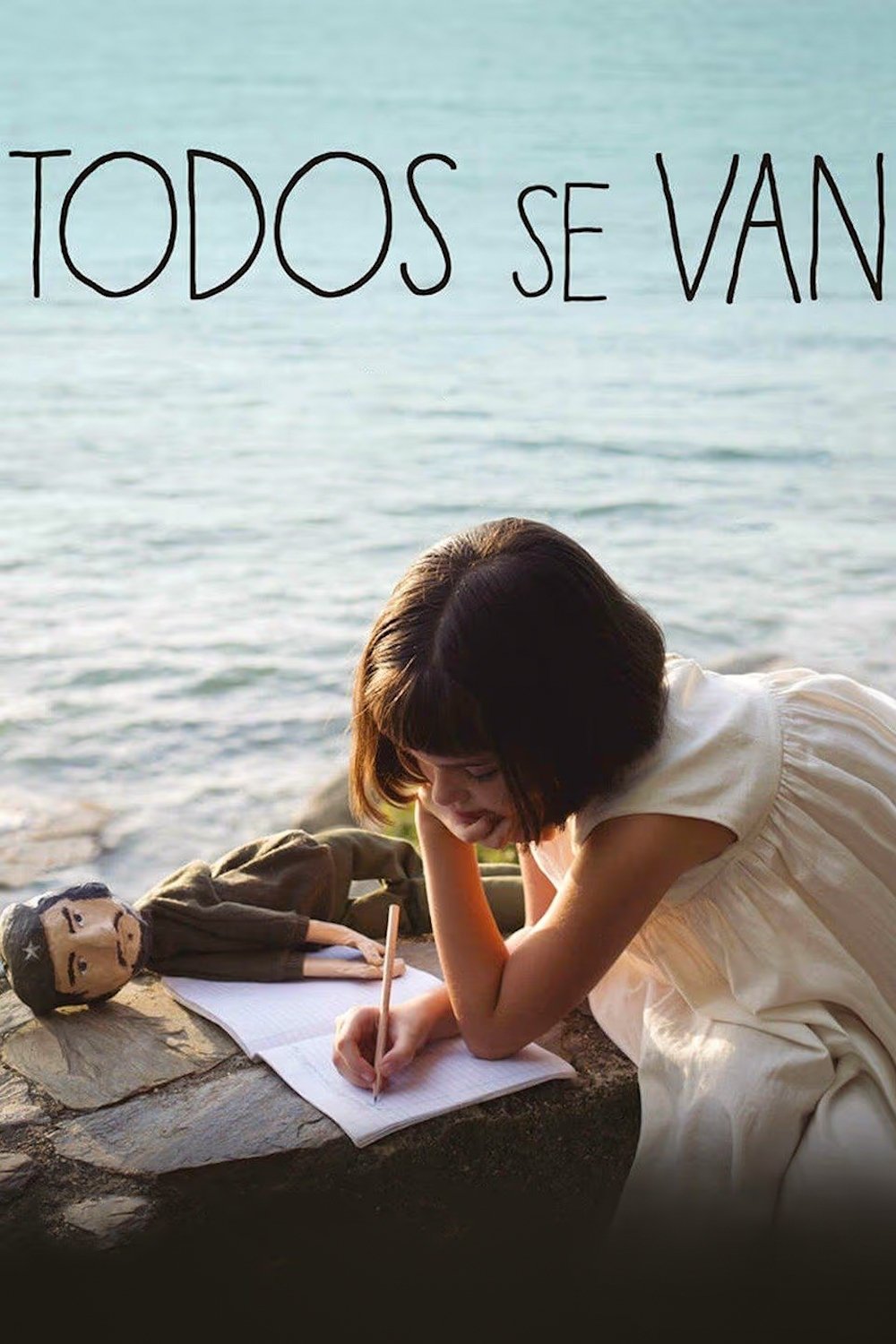
In Cienfuegos in the 1980s, a poetic young girl tries to make sense of her parents' volatile separation while keenly observing the reality of Cuba's dilemmas.

From millions of photos, posters, videos, t-shirts, postcards, records, books, phrases, testimonies, Che watches over us. Beyond all paraphernalia, he returns. Irreverent, mocking, stubborn - morally stubborn - Che will always be the subject of debate. The exclusive teleSUR series “Ernesto Guevara, also known as 'Che'”, aims to address the figure of Ernesto Guevara as it has never been told before. Conversing with the characters who were with him in important moments, visiting the real settings where Che spent his life.
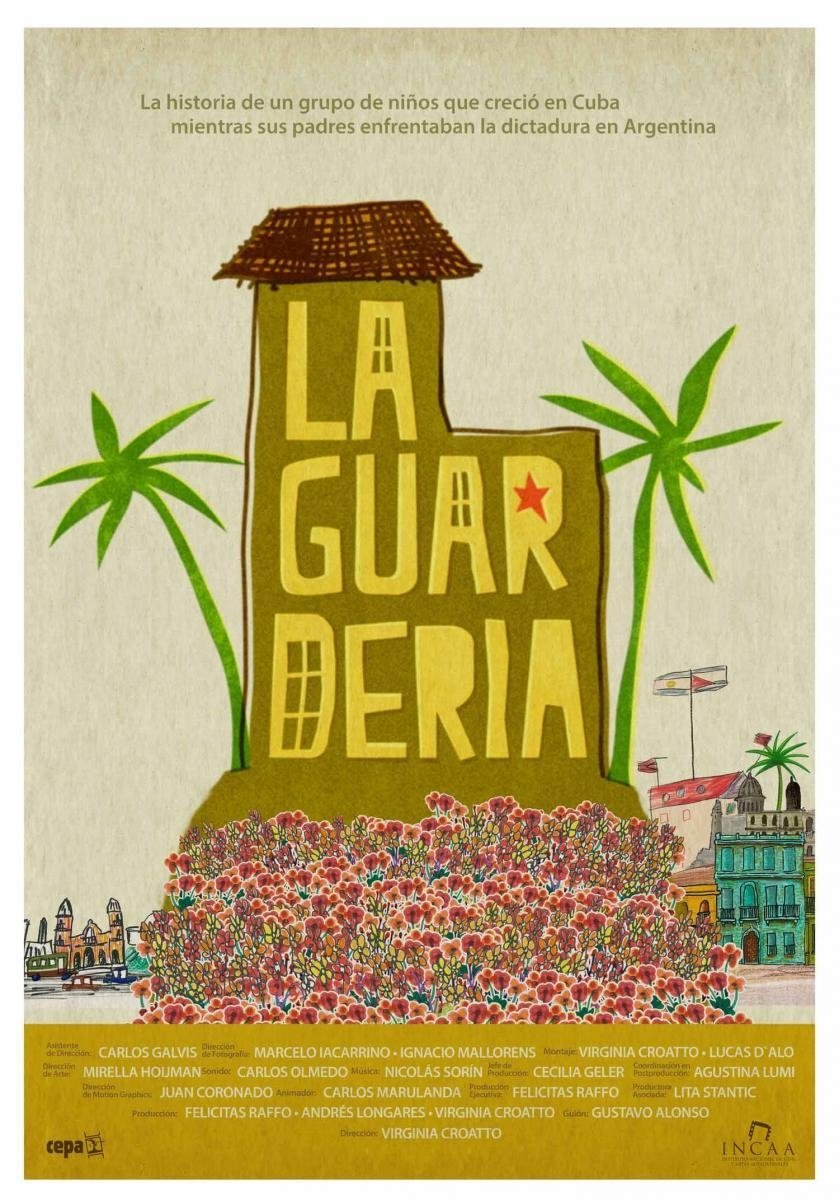
There was a time in Argentina, not so long ago, when the army wasn't only one, official, but many and made up by civilians. In those times of courageous youths determined to fight to the death for that cause upheld around Peronism as wll as some left-wing postulates, revolutionary Cubas was a beacon of hope in the world scheme -a Montonero nation. "A House in Cuba" seeks to recover the curious adventure of a couple of Montonero parents and their small children, who were lovingly sent into exile in order for their parents to take up arms.
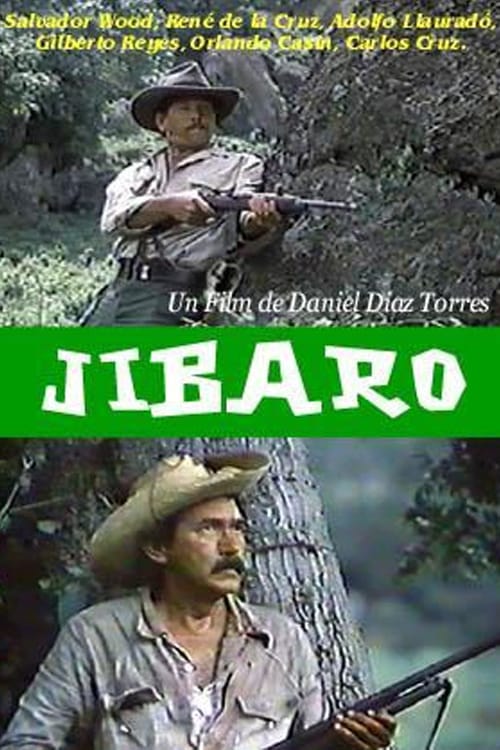
The first years of the Cuban Revolution characterized by social transformations and class struggles.
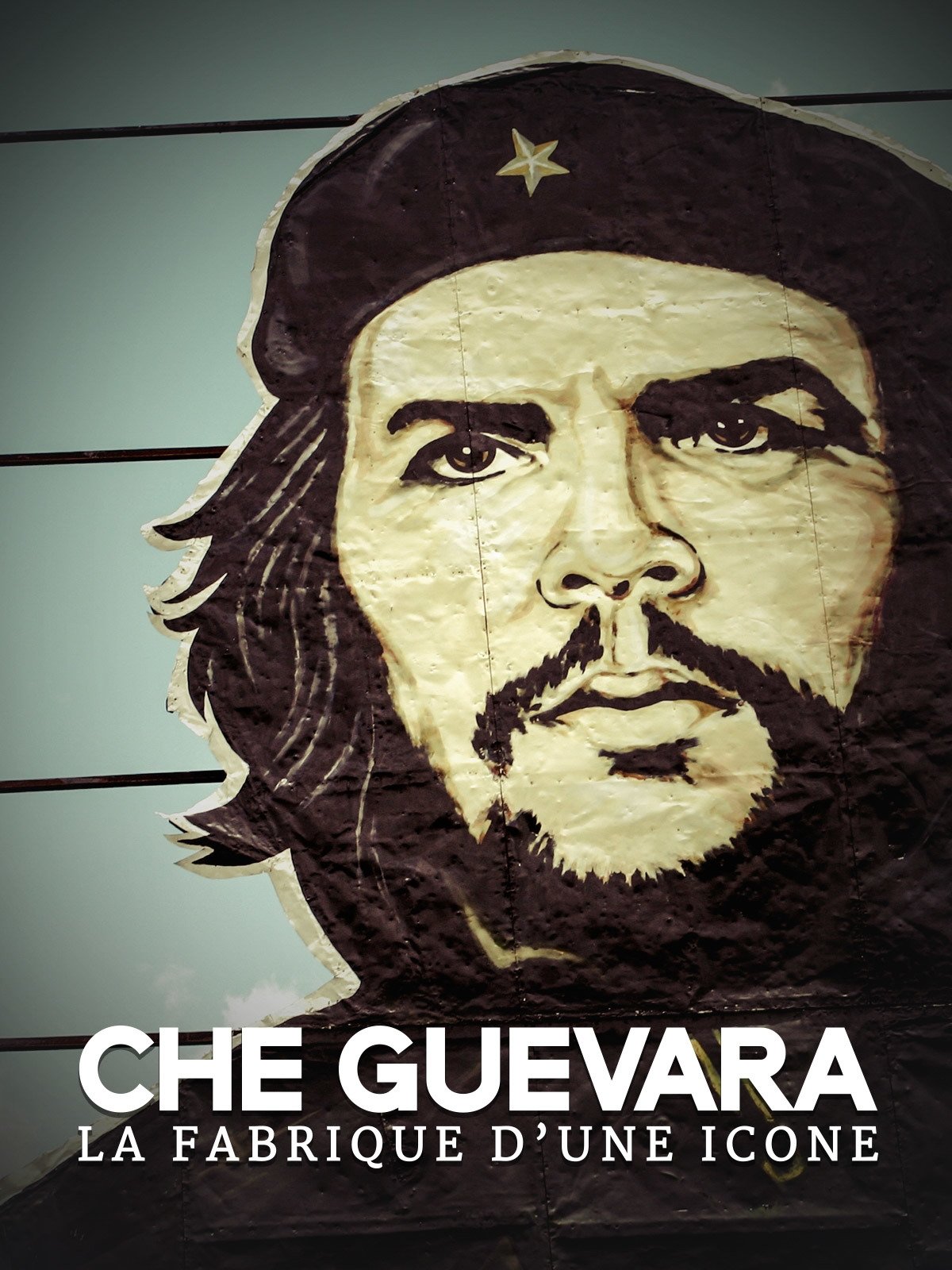
How does a politician – assassinated more than 50 years ago – gradually become a public figure? An extremely vibrant image which shows up where you least expect it. It served as figurehead for the Arab Spring revolutions, from Rabat to Sanaa, whereas we had thought it had been relegated to t-shirts and cigarette lighters. Why has this image become so universal that we are no longer surprised to find it in drawings, graffiti, tattoos and prints on all types of media in all sorts of contexts the world over? How can this image be used to advertise luxury automobiles and also be brandished angrily by indignant agitators? What is the formula that made this figure go viral? This documentary is a journey to investigate and decode a piece of iconography.
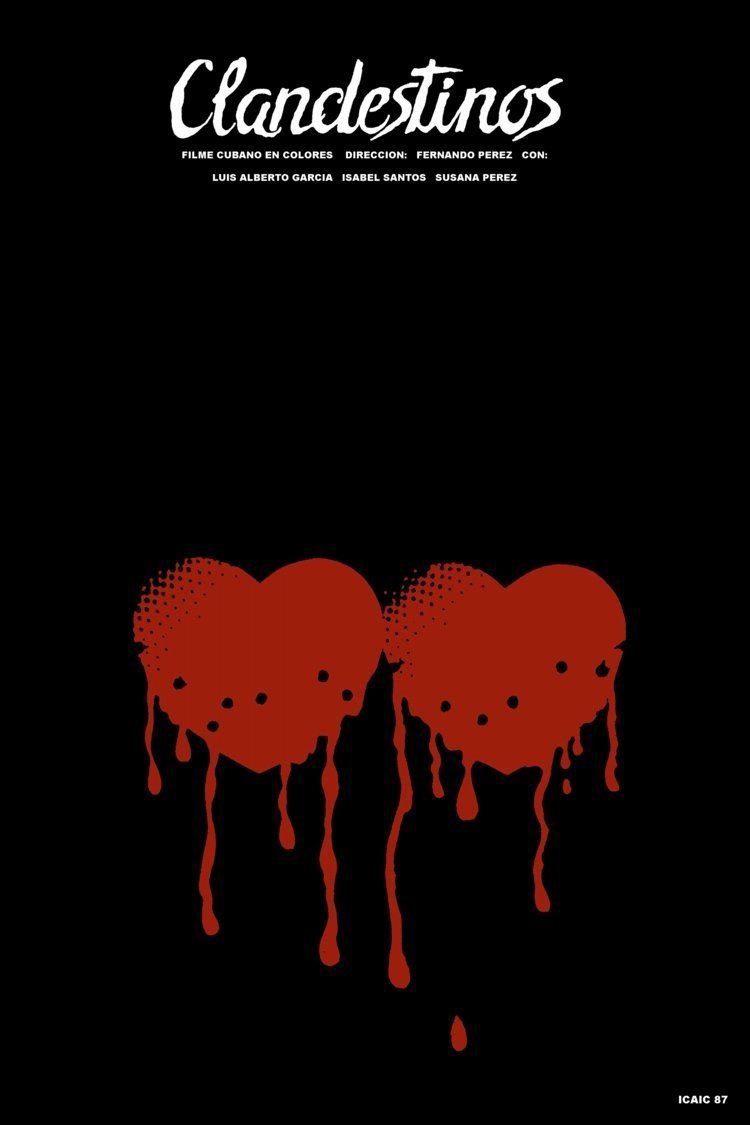
In 1950s Havana, a romance blooms between two young revolutionaries whose clandestine printing press publishes pamphlets meant to stir up rebellion against the dictatorship of Fulgencio Batista. As their popularity grows, so, too, does their revolutionary zeal and their desire to mobilize other urban guerilla units.
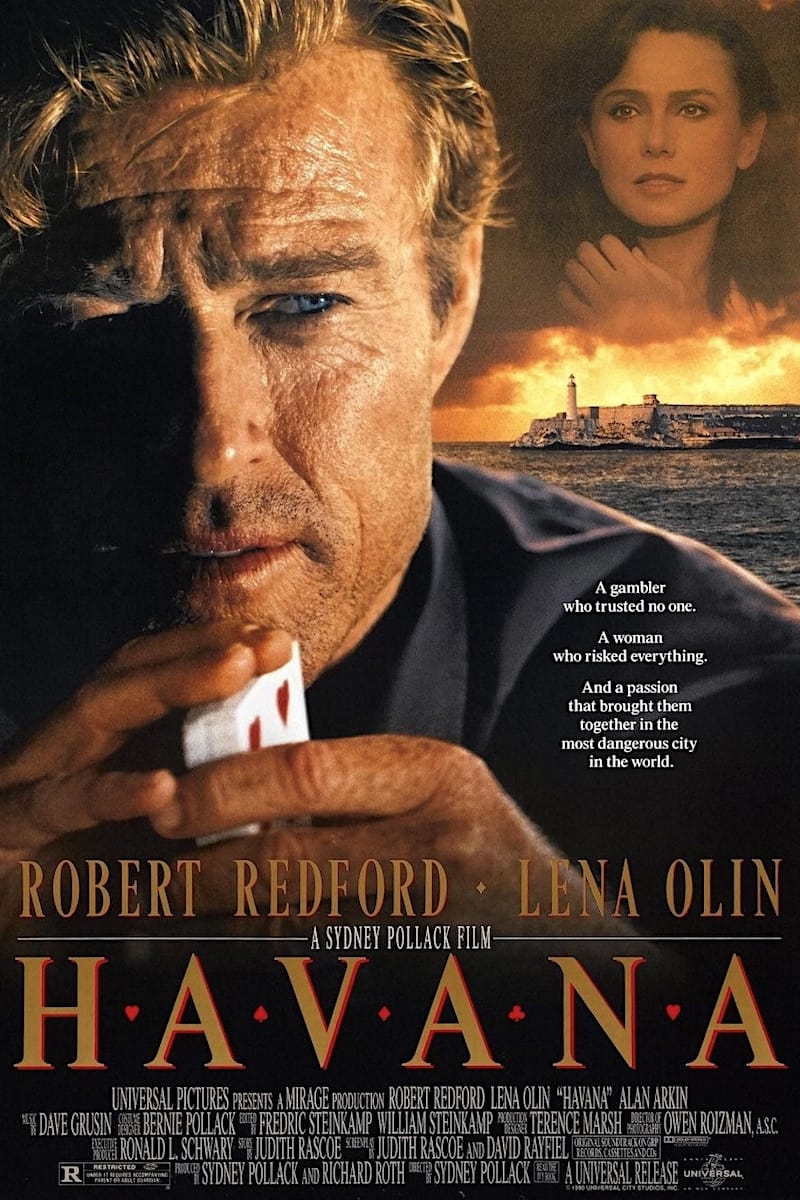
During the revolution, a high-stakes gambler arrives in Cuba seeking to win big in poker games. Along the way, he meets and falls in love with the wife of a Communist revolutionary.

Between 1960 and 1962 more than 14,000 cuban children were sent alone by their parents to the USA. This clandestine operation -with the participation of the CIA and the Catholic Church- became known as "Operation Peter Pan". Many of the parents had expected to follow their children, who had been granted visa waivers by the US government, but the Missile Crisis terminated the flights between the two countries and the children found themselves stranded in the USA. In 2009, for the first time a group of the Peter Pan children, now adults visited Cuba to give "closure and make peace with the land where they were born".
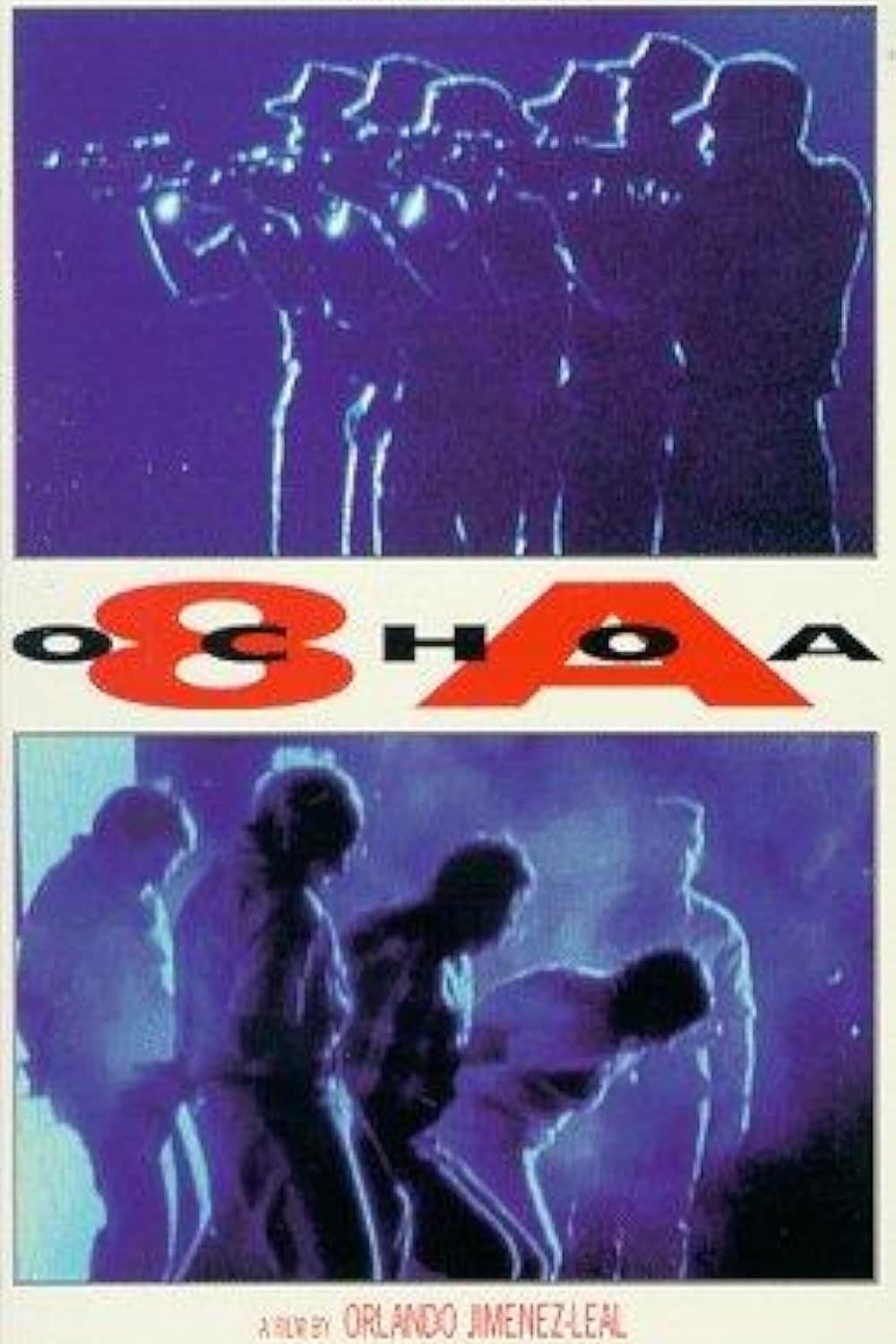
The Kafkaesque world of Cuba under Castro's rule is brought to light in this reconstruction of the 1989 trial and execution of General Arnaldo Ochoa Sanchez, the highest-ranking general and hero of the revolution, and commander of the Angolan and Ethiopian campaigns.
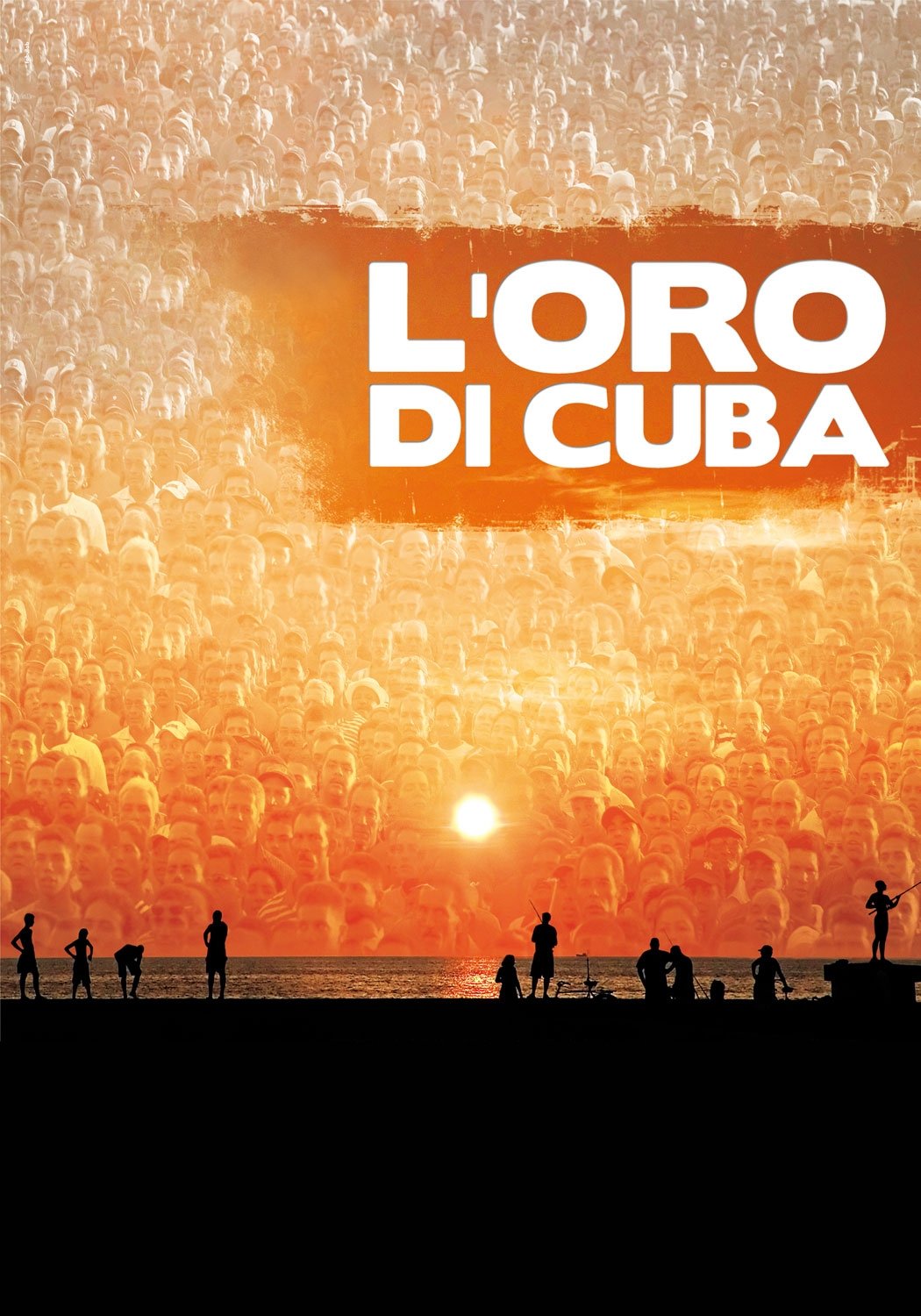
The Cuban Revolution turns fifty years old. Fifty years of history, myths and challenges of a country that has influenced politics and culture around the world, becoming for many the symbol of the revolt against capitalism.A country full of contradictions, but which has always exerted a great fascination for its strong political and cultural identity. "The Gold of Cuba" wants to go deep and reconstruct the most exciting and the mostdramatic moments in the history of the Caribbean island. But it also wants to analyze the present through the testimonies collected from many young people who tell their hopes, opinions, expectations and dreams, trying to imagine the future that awaits this small country with a great history.
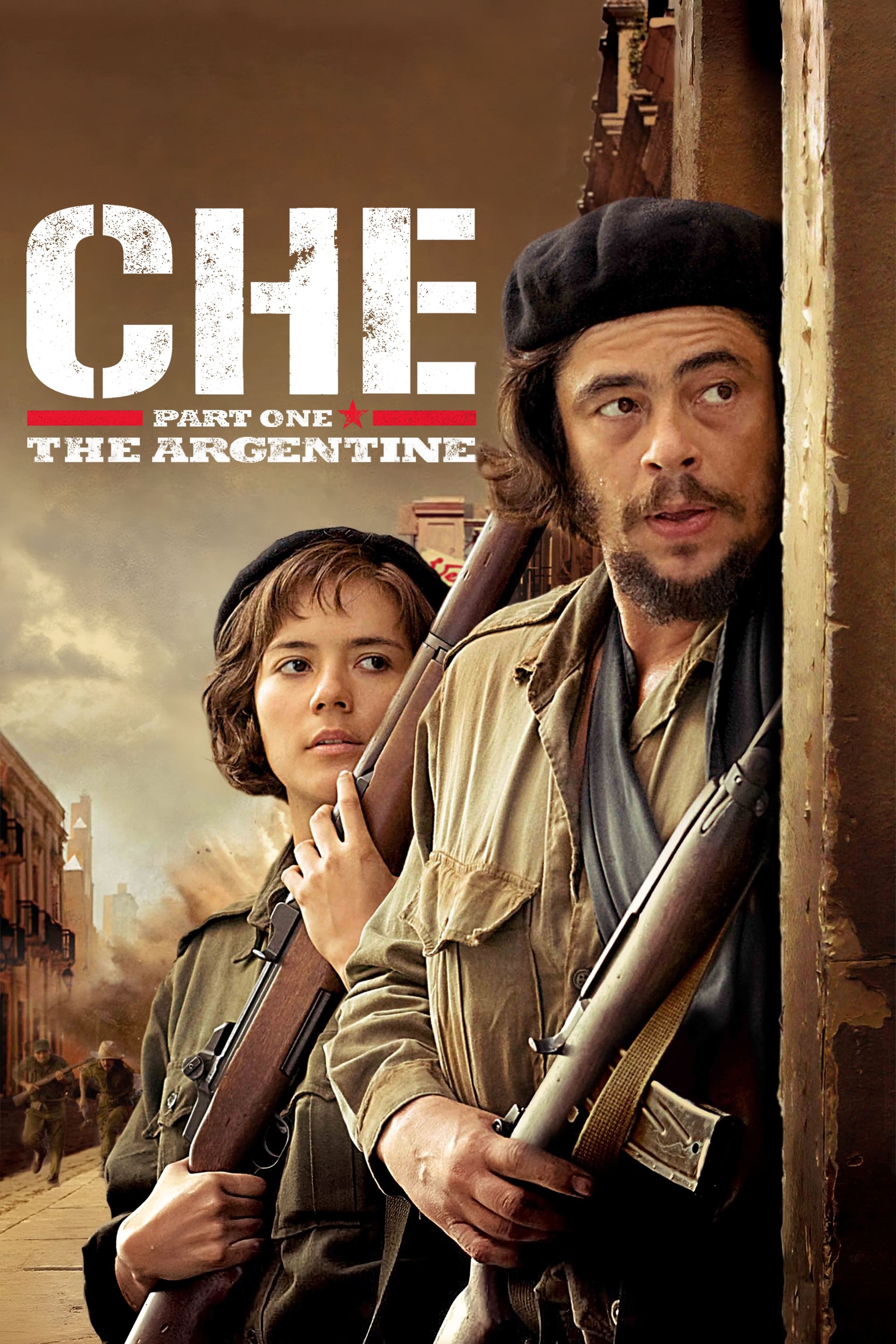
The Argentine, begins as Che and a band of Cuban exiles (led by Fidel Castro) reach the Cuban shore from Mexico in 1956. Within two years, they mobilized popular support and an army and toppled the U.S.-friendly regime of dictator Fulgencio Batista.
By browsing this website, you accept our cookies policy.